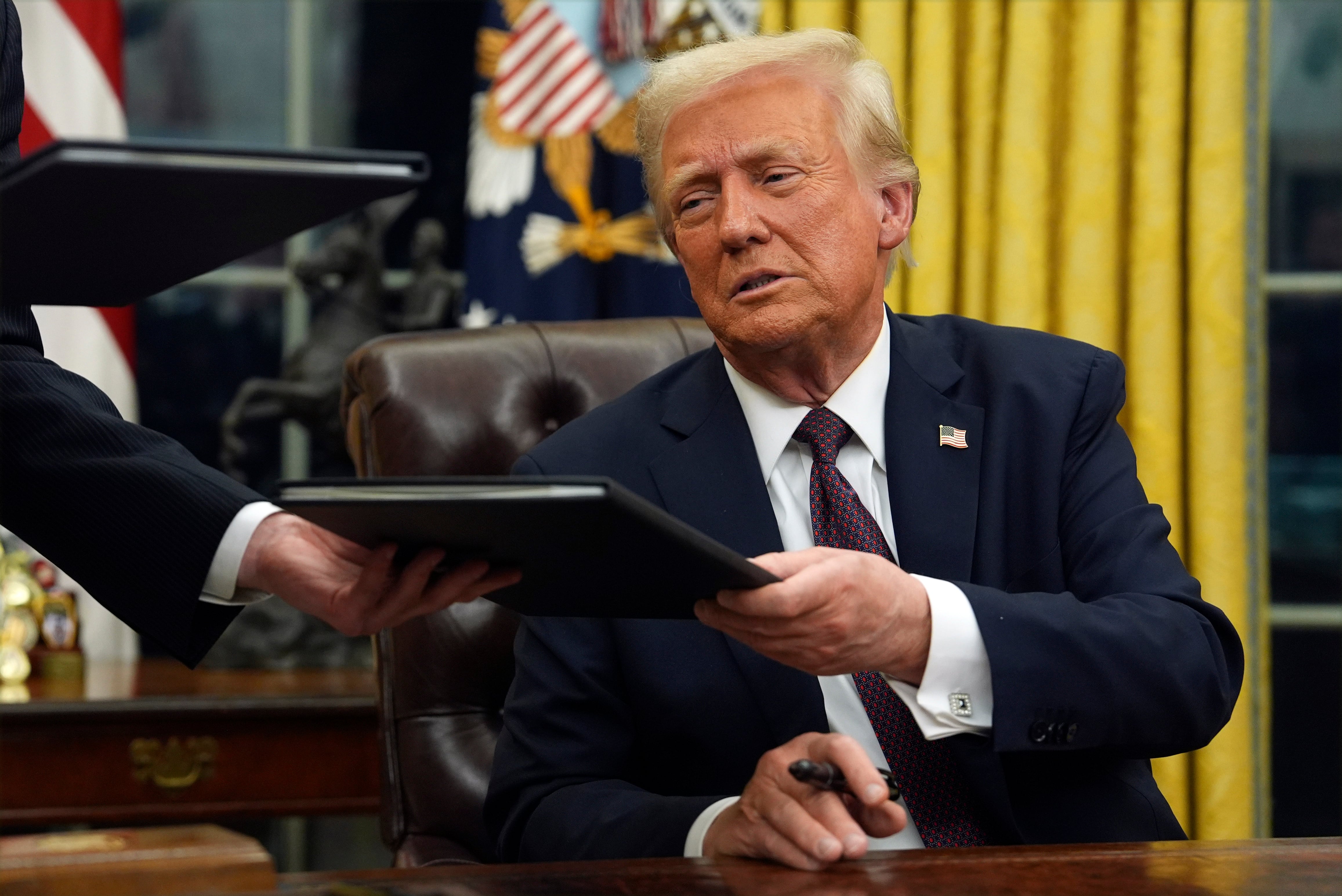The National Guard has had perhaps its busiest year ever, balancing its standard overseas deployments and natural disaster response with COVID-19 support missions and two weeks-long voyages to Washington, D.C., to help keep the peace in the capital.
The heads of the Washington state, California and Michigan Guard spoke out about that strain during a media call on Friday, making a plea for not only more troops, but for the federal benefits promised to them when they signed up.
“You know, it hasn’t just been a long year,” Army Maj. Gen. Bret Daugherty, Washington state’s adjutant general, told reporters. “It’s been a long 20 years. And I just want to focus on that. We’re all consumed with our domestic operations right now, but it is simultaneous with our overseas deployments, which have not let up one iota.”
By the most recent counts, there are about 67,000 National Guard troops activated around the world. More than 33,000 of those are doing domestic missions, including those still guarding the Capitol in Washington, D.C., and more than 20,000 others doing COVID-19 support, from testing centers to vaccination sites.
“If we had a little bit more force structure, it wouldn’t be such a stretch to get these missions accomplished,” Daugherty added.
The 26,000 troops who streamed into D.C. following the Jan. 6 attack on the Capitol have drawn down significantly, but roughly 7,000 are expected to stay through February, with another 5,000 on-hand through mid-March.
At the same time, the Defense Department is working to respond to a Federal Emergency Management Agency request for assistance issued on Wednesday, which could see more National Guard troops deployed to help with COVID-19 vaccine distribution, as well as some Reserve or active-duty medical personnel.
That could include up to 10,000 troops, according to FEMA’s request, manning 100 vaccinate site teams.
“The bottom line is that as Guard mission sets continue to increase, the demand signal for the Guard goes up,” Army Maj. Gen. David Baldwin, California’s adjutant general, said. “We’re largely victims of our own success in that regard. To that end, the Guard is not big enough and we need to grow.”
Those sentiments echoed testimony Air Force Maj. Gen. James Eifert, the adjutant general of the Florida National Guard, delivered Tuesday to the Florida Senate about how his force doesn’t have enough soldiers to shoulder the demand.
“We cannot adequately support the state’s citizens on Florida’s [hypothetical] worst day with the size of our National Guard at this point,” said Eifert, according to Florida Politics.
He cited the fatigue of current Guardsmen as one of the most pressing reasons to expand his force.
During Friday’s press conference, Baldwin followed up with his two cents on an issue that has come up repeatedly over the past two years, and Guard troops have been deployed to the border, repeatedly to Washington, D.C., and nationwide for COVID-19 support.
“We also need to look at benefits parity across the board, because the benefits that our soldiers and airmen receive [on] Title 32 missions and state active-duty missions are not commensurate with what our Title 10 brothers and sisters receive and we need to take a look at that because it has an impact on our ability to retain the top-quality people that we have serving in today’s National Guard,” Baldwin added.
This is different from Reserve troops, whose time on active orders always counts toward their retirement and education benefits.
Because President Donald Trump did not declare a national emergency following the siege on the Capitol, Guard troops deployed to secure it were not automatically racking up time that qualifies them for GI Bill and other benefits.
On Jan. 21, the Pentagon issued a memo to the Guard authorizing them to count their days on duty, under a two-decade-old national emergency declaration signed by President George W. Bush in the wake of Sept. 11, 2001.
Trump had previous declared such an emergency in 2019, which gave thousands of Guard members deployed to the U.S.-Mexico border days toward their benefits.
Meghann Myers is the Pentagon bureau chief at Military Times. She covers operations, policy, personnel, leadership and other issues affecting service members.




